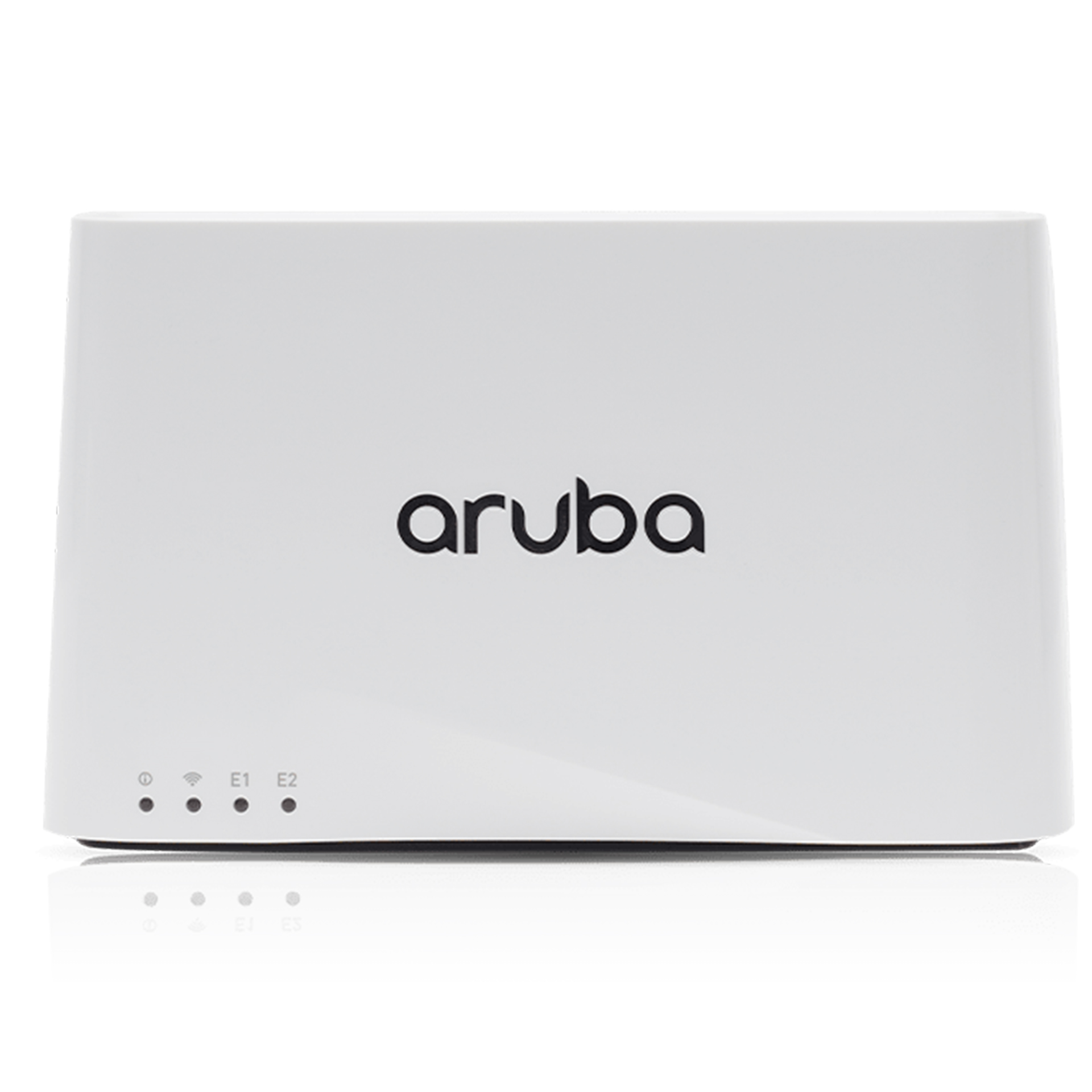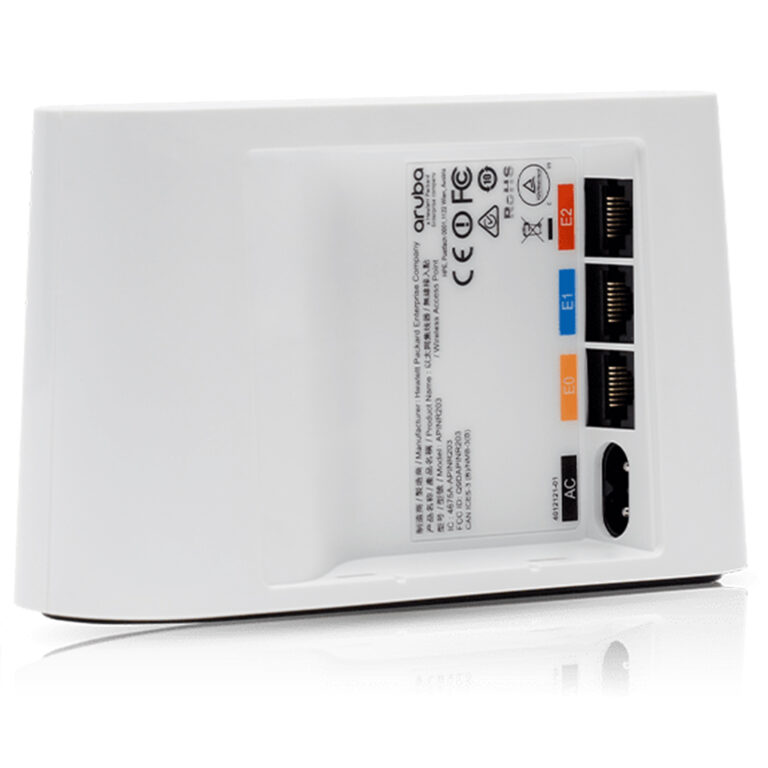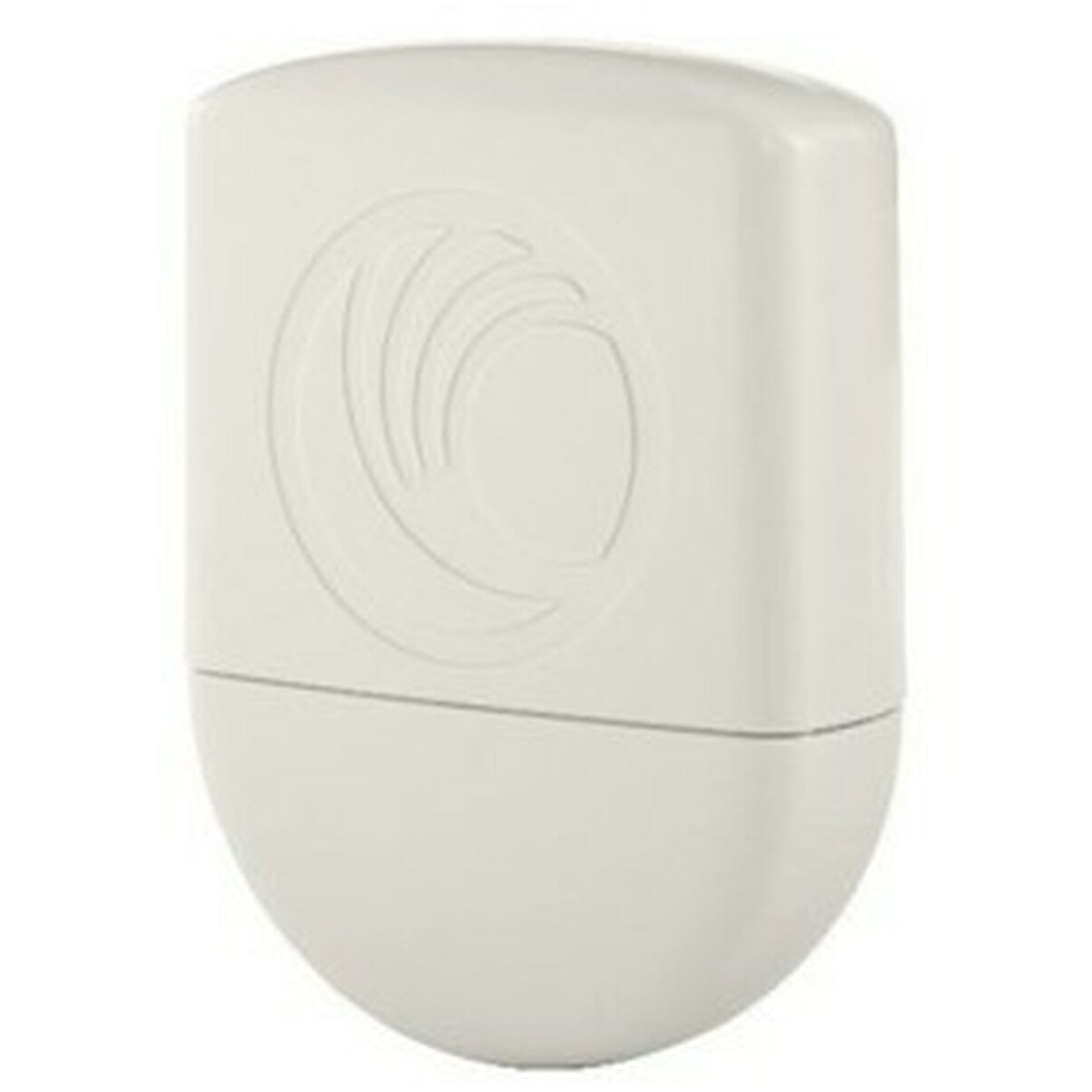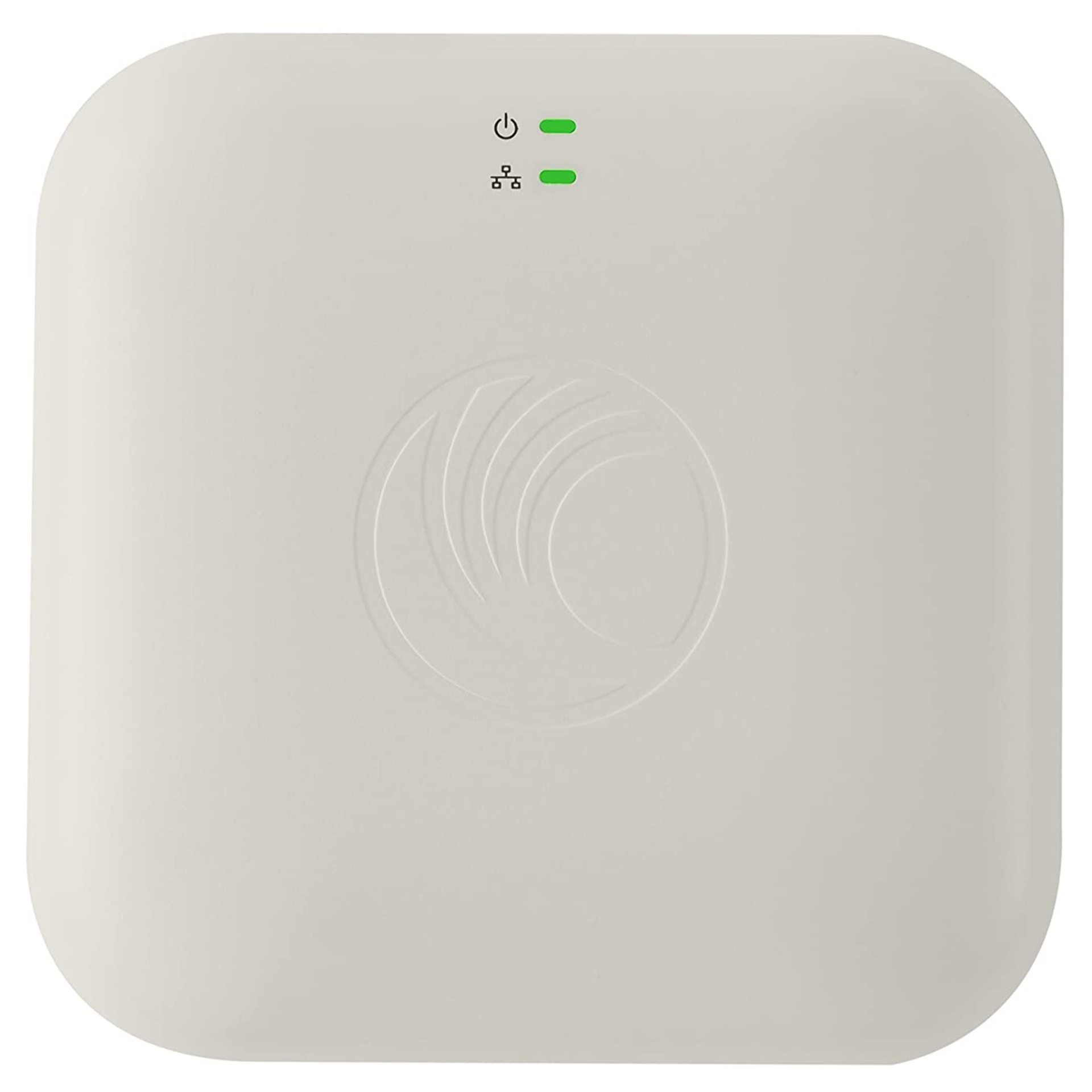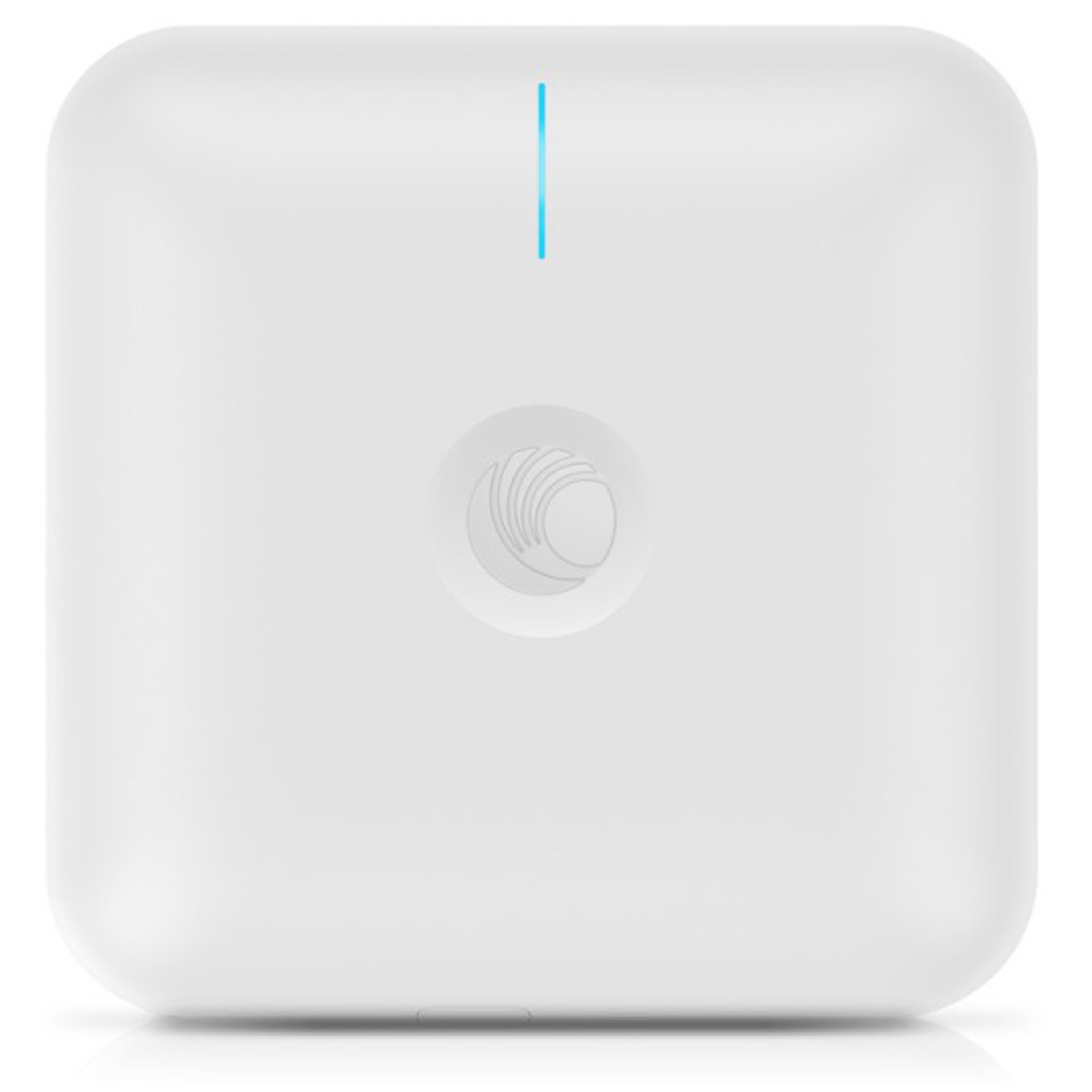- Call Us: +971 433 83 178 |
- Email Us: sales@cyberlegend.ae
ARUBA 203R SERIES REMOTE ACCESS POINT
Aruba 203R Series Remote Access Point offers reliable Wi-Fi experience to users. The device is software configurable to operate in different radio modes – 1×1 radio mode and 2×2 single radio mode. Enriched with Aruba mobility controller running ArubaOS, this 203R series remote access point offers centralized configuration, data encryption, industry-leading network services that maximizes Wi-Fi performance and advanced features. The device is ideal for branch and home offices.
Features
Highly productive and effective Wi-Fi solution
Ideal for businesses and homes
Improved network security and simplicity
Latest technology for improved performance
Perfect for remote workers
Industry-leading network services
Offers Fast and Secured Wired And Wireless Network Access
Description
Overview
This compact, cost-effective remote access point is software configurable to operate in either 1×1 dual radio mode, or 2×2 single radio mode.
Managed by the Aruba Mobility Controller, the 203R supports centralized configuration, data encryption, policy enforcement and network services. It extends corporate resources to remote locations by establishing site-to-site VPN tunnels to the data center.
It offers a variety of enterprise-class features which gives remote workers the same high-quality Wi-Fi experience they get at corporate headquarters.
RAP-203R SERIES SPECIFICATIONS
Unified flexible radio 802.11ac remote AP with internal antennas.
Supports wall-box and desk mount deployments
WI-FI RADIO SPECIFICATIONS
AP type: Indoor, flex radio:
5GHz 802.11ac 2×2 MIMO OR 2.4GHz 802.11n 2×2 MIMO1, or
5GHz 802.11ac 1×1 AND 2.4GHz 802.11n 1×11
Software-configurable radio supports 5GHz (Radio 0) and/or 2.4GHz (Radio 1)
5GHz: Two spatial stream Single User (SU) MIMO for up to 867Mbps wireless data rate to individual 2×2 VHT80 client devices
2.4GHz: Two spatial stream Single User (SU) MIMO for up to 400Mbps wireless data rate to individual 2×2 VHT40 client devices (300Mbps for HT40 802.11n client devices)
Support for up to 256 associated client devices per radio, and up to 16 BSSIDs per radio
Supported frequency bands (country-specific restrictions apply):
2.400 to 2.4835GHz
5.150 to 5.250GHz
5.250 to 5.350GHz
5.470 to 5.725GHz
5.725 to 5.850GHz
Available channels: Dependent on configured regulatory domain
Dynamic frequency selection (DFS) optimizes the use of available RF spectrum
Supported radio technologies:
802.11b: Direct-sequence spread-spectrum (DSSS)
802.11a/g/n/ac: Orthogonal frequency-division multiplexing (OFDM)
Supported modulation types:
802.11b: BPSK, QPSK, CCK
802.11a/g/n/ac: BPSK, QPSK, 16-QAM, 64-QAM, 256-QAM
Transmit power: Configurable in increments of 0.5 dBm
Maximum (conducted) transmit power (limited by local regulatory requirements):
2.4GHz band: +18 dBm per chain, +21 dBm aggregate (2×2 mode)
5GHz band: +18 dBm per chain, +21 dBm aggregate (2×2 mode)
Note: conducted transmit power levels exclude antenna gain. For total (EIRP) transmit power, add antenna gain
Advanced Cellular Coexistence (ACC) minimizes interference from cellular networks
Maximum ratio combining (MRC) for improved receiver performance
Cyclic delay/shift diversity (CDD/CSD) for improved downlink RF performance
Short guard interval for 20MHz, 40MHz and 80MHz channels
Space-time block coding (STBC) for increased range and improved reception
Low-density parity check (LDPC) for high-efficiency error correction and increased throughput
Transmit beam-forming (TxBF) for increased signal reliability and range
Supported data rates (Mbps):
802.11b: 1, 2, 5.5, 11
802.11a/g: 6, 9, 12, 18, 24, 36, 48, 54
802.11n: 6.5 to 300 (MCS0 to MCS15)
802.11ac: 6.5 to 867 (MCS0 to MCS9, NSS = 1 to 2 for VHT20/40/80)
802.11n high-throughput (HT) support: HT 20/40
802.11ac very high throughput (VHT) support: VHT 20/40/80
802.11n/ac packet aggregation: A-MPDU, A-MSDU
WI-FI ANTENNAS
Two integrated dual-band omni-directional antennas for 2×2 MIMO with maximum individual antenna gain of 0.7dBi in 2.4GHz and 1.0dBi in 5GHz. Built-in antennas are optimized for vertical orientation of the AP.
Combining the patterns of each of the antennas of the MIMO radios, the peak gain of the effective per-antenna pattern is -0.4dBi in 2.4GHz and 0.5dBi in 5GHz.
OTHER INTERFACES
Uplink: 10/100/1000BASE-T Ethernet (RJ-45, back)
Auto-sensing link speed and MDI/MDX
802.3az Energy Efficient Ethernet (EEE)
Local: Two 10/100/1000BASE-T Ethernet (RJ-45, back)
Auto-sensing link speed and MDI/MDX
802.3az Energy Efficient Ethernet (EEE)
One port (E2): PoE-PSE (output): 48 Vdc (nominal) 802.3af PoE (AP-203RP models)
Bluetooth Low Energy (BLE) radio
Up to 4dBm transmit power (class 2) and -93dBm receive sensitivity
Integrated antenna with moderately directional pattern and peak gain of 1dBi
USB 2.0 host interface (Type A connector, top)
3G/4G cellular modems
Device battery charging port
Capable of supplying up to 1A/5 watts of power to an attached device
AC power interface, 2 prong IEC 60320-1 C8 receptacle (back)
Visual indicators (LEDs, front):
Power/system status
Radio status
Local network port status (2x)
Includes PoE-PSE status (AP-203RP models)
Reset/LED control button (“paperclip access”, bottom)
Factory reset (when activated during device power up)
LED control: toggle off/normal
Serial console interface (custom, uUSB physical jack, bottom)
1 256-QAM modulation (802.11ac) supported by the 2.4GHz radio as well.

